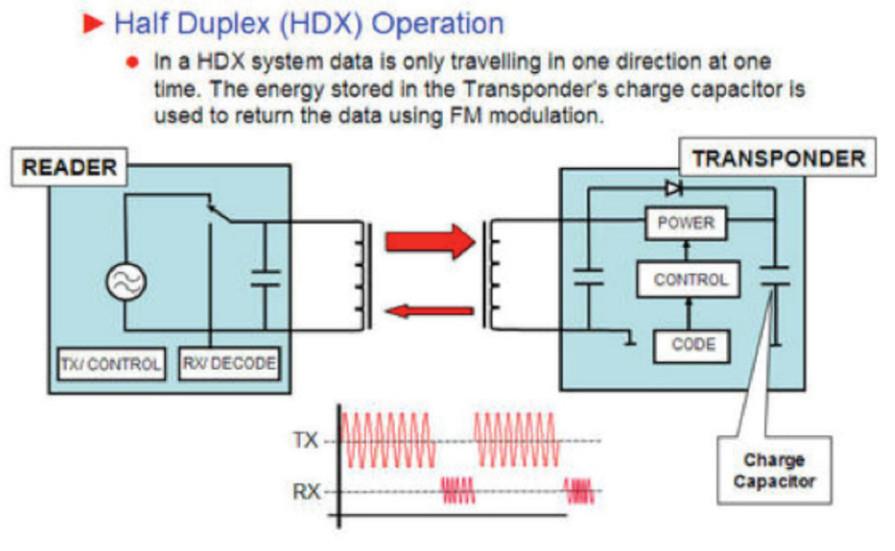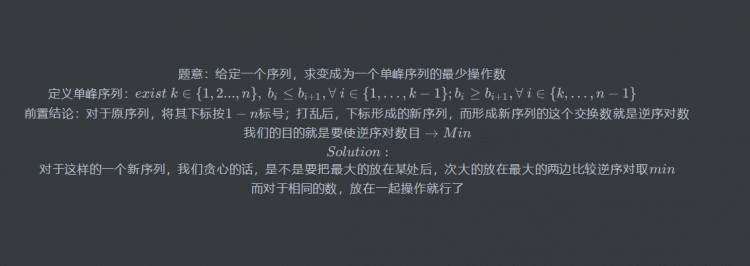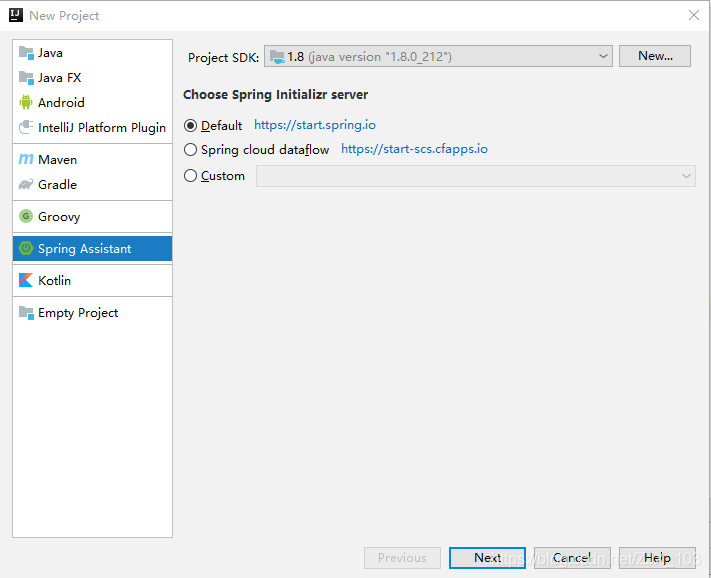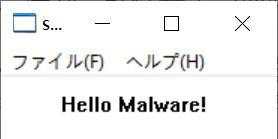Got a tough RF environment? Turn to TI’s proven LF technology
TI’s low-frequency (LF) technology has been solving tough RF challenges for more than 20 years.
Got a dirty, wet, noisy, hot or cold environment that has to withstand extreme shock or vibration?
Our LF technology is up to the challenge.
Application field–proven:
Designed and manufactured to work in and withstand some of the harshest automotive, livestock, waste and a range of industrial applications worldwide.
Half-duplex design:
Our patented, half-duplex (HDX) RF design offers a performance advantage in the most critical aspects of your LF application:
read range, tag read reliability and RF noise immunity.
Complete, high-quality product offering:
With more than 40 LF products that undergo TI’s rigorous quality manufacturing and 100 percent testing and trimming process,
our customers can rapidly deploy LF solutions that fit your needs.
Advantages of Half-Duplex (HDX) LF
How HDX works
TI’s fundamental LF design uses half-duplex (HDX) RF communication.
In an HDX system, data communicated between the RF transponder, or tag, and the reader is only traveling in one direction at a time.
The RF reader sends a signal to the tag to activate it, and subsequently shuts down to “listen” to the tag’s response.
TI’s transponders incorporate a charge capacitor, which acts like a battery.
The energy stored in the tag’s charge capacitor is used to return data to the reader via an FM signal versus an AM signal (full-duplex (FDX) systems).
In other words, HDX systems use the stored energy to respond in “radio silence” after the carrier (reader) signal is turned off.


HDX key benefits
Improved RF noise immunity:
Because the reader shuts down during the tag’s response, HDX systems are not fighting against RF noise associated with the reader.
In addition, TI’s HDX tags are frequency shift keyed.
This means the digital FM response from the tag to the reader uses two LF channels
to return the data making the tags more able to be read in noisy electromagnetic interference (EMI) environments typical of RFID applications.
Also, applications that require tags be much closer together, such as in livestock or fish tracking, can be more reliably read versus FDX systems which may miss tags.
50 percent greater read range vs. FDX:
TI’s HDX technology boosts read range by 50 percent versus FDX.
An improved read range means more flexibility in designing your LF application and less of a redundant infrastructure needed for RF antennas.
Using HDX, allows you to design much lower cost antennas and equipment compared to an FDX implementation.
“First Read” performance:
HDX systems only have to read a transponder once – a 16 bit checksum programmed into the TI chip validates the read
and ensures that it is good versus FDX systems that may have to make multiple reads on a tag, particularly in noisy RF environments.
Tag read speed: 25-30 TI HDX transponders can be read per second, which is comparable to FDX systems that do not contain a charge capacitor.








 京公网安备 11010802041100号
京公网安备 11010802041100号